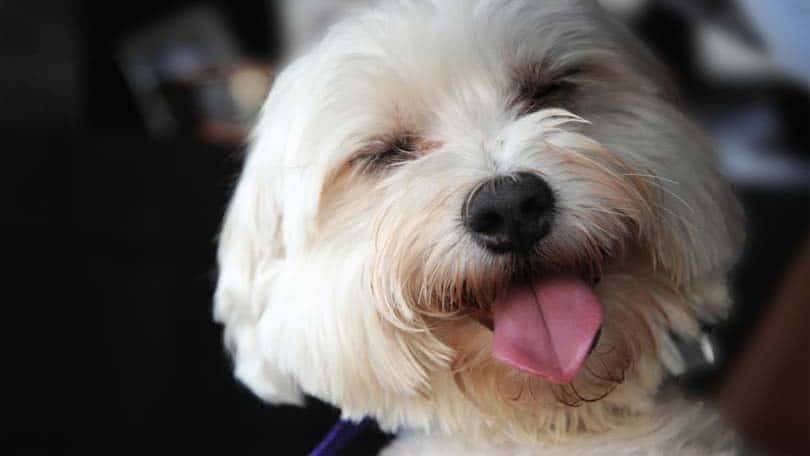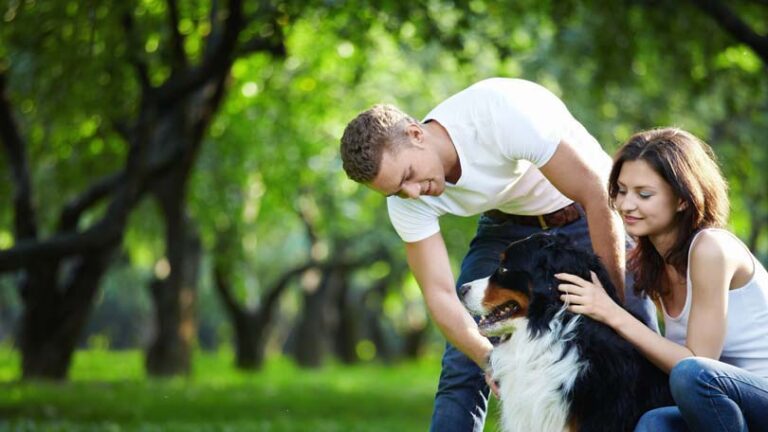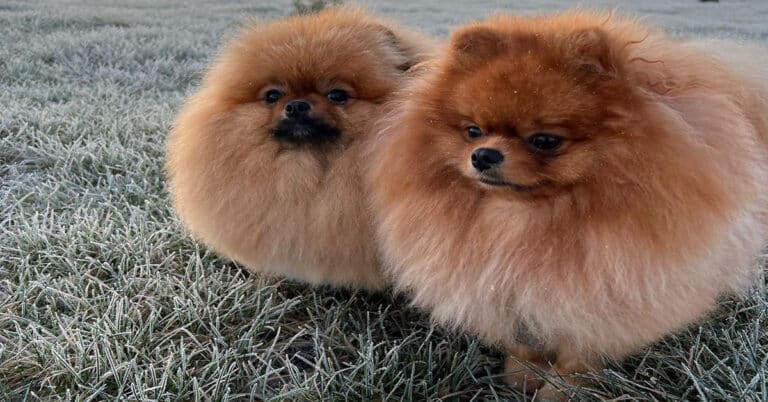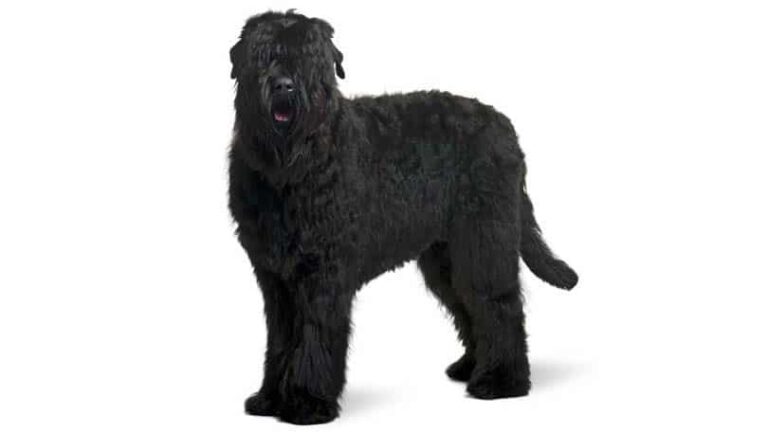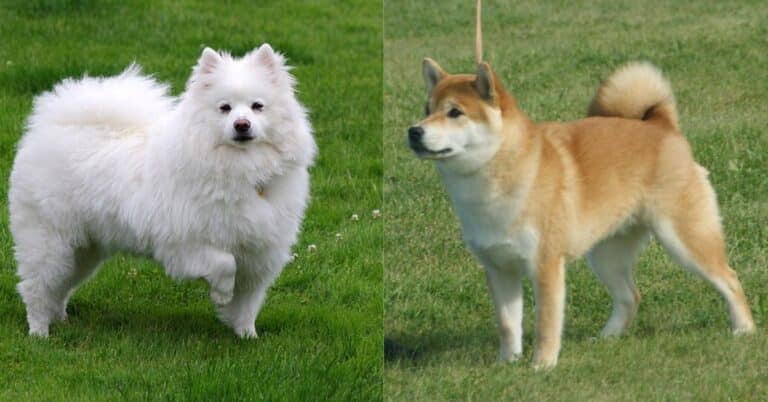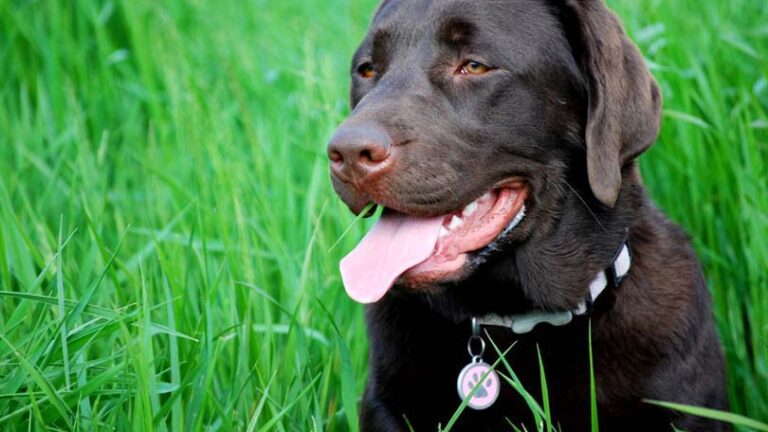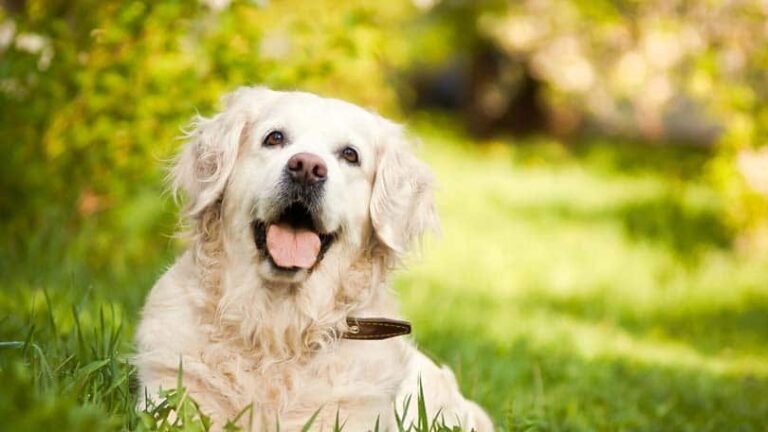What Type of Dogs Shed the Least?
No one wants to see their couch covered in dog hair. No one wants to need to lint brush their clothes every time the dog brushes against them in the morning. No one wants to deal with shedding but it is a fact of life when you become a dog owner. Thankfully, you can minimize your headaches by finding out what type of dogs shed the least and choosing one of those breeds for your home. Of course, if you have your heart set on a heavy shedding dog then there are things you can do to reduce the amount of hair clumped up around your home.
Why Dogs Shed
Before we discuss which dogs shed the least, we need to look at why dogs shed in the first place. They actually shed all the time to some degree. If their hair is damaged or becomes unhealthy for some reason, the old hair comes out so a new hair can grow into that follicle. This process isn’t that different from what you experience with human hair.
Most people don’t mind these occasional hairs. Most people worry about seasonal shedding. When the weather changes, some dogs change their coats to better adapt to the temperature. For this to happen, the old coat must come out and that involves losing a lot of hair in some cases. Dogs that have double coats, such as the Nordic breeds, tend to shed a lot more than your average dog because they don’t need a thick undercoat for warmer weather.
Although all dogs do shed, they do so in varying amounts. Below are some of the dogs who shed the lease and, therefore, will place the least burden on your vacuum and lint rollers.
Least Shedding Dog Breeds
Poodle
Because this dog requires so much grooming to keep that traditional poodle cut, they rarely shed very much. You do need to keep up on the grooming which can be expensive. Even dogs that are mixed with poodles shed less than average so there may be more to the lack of shedding than just the grooming.
Great Dane
Although rarely mentioned on lists of low-shedding dogs, these gentle giants don’t shed much. You’ll occasionally see a few of their short hairs around but never the big clumps of hair you might find with a Saint Bernard shedding for the summer. Plus, unlike the poodle, their coats require little maintenance besides an occasional brushing.
Bichon Frise
These small white dogs won’t shed much at all if you keep their coat cut short all year long. You’ll need to brush them every couple of days to remove any loose hair. If you have the money and inclination, you can also have their coat cut for showing which requires more work but also keeps shedding to a minimum.
Chinese Crested
These fragile dogs come in two varieties. As you can imagine, the hairless variety doesn’t shed much at all. However, the powderpuff variety sheds a bit more. If you’re looking for a dog that won’t shed very much, you won’t go wrong with either type.
Greyhounds and Whippets
Whippets look like smaller versions of Greyhounds so they’re lumped together here. Both of these breeds do shed a little, but they don’t have an undercoat so their shedding will be considerably less than other breeds. Their coats also require very little grooming. On top of that, Greyhounds produce less dander than other dog breeds so they are less likely to trigger allergic reactions.
Komondor and Puli
With their unusual coats (their coats have been compared to mops or dreadlocks), these two breeds don’t shed much. However, their coats do require lots of brushing to prevent tangles and can be difficult to deal with at bath time.
Water Dogs
A number of dog breeds have coats designed for the water. These breeds include the American Water Spaniel and the Portuguese Water dog. Their special costs don’t shed very much so they can be good choices. However, the dogs do produce a lot of oil (used to protect the coat from water) and this can cause a slight odor.
Terriers
Almost all of the terrier breeds shed very little, although most do require some grooming. The tiny Yorkshire Terrier, for example, needs just some regular brushing and a coat trim periodically to prevent fur from showing up everywhere.
Other Considerations
If you don’t want to deal with shedding, you should choose a breed that does not have an undercoat. Dogs such as Dobermans and Boxers do not have this extra fur so even though they shed you won’t have balls of hair appearing in your corners or getting stuck into your carpet or clogging up your vents.
You may also want to avoid darker colored dogs if you’re worried about visible shedding of those shorter hairs, such as the ones released by a Doberman. If you have white furniture, even a small amount of these hairs will be visible and that might cause some dog owners a lot of annoyance.
The Importance of Brushing
No matter what type of dog breed you choose shedding is going to occur. Even with dogs that shed a lot you can reduce the problem with lots of brushing. When you brush your dog, you remove the loose hairs before they have a chance of landing on your furniture, clothes, or carpet. Plus, if you don’t remove these hairs, they can sometimes cause skin irritation on your dog. When they lick or scratch the site of that irritation repeatedly, it can cause hair loss, sores, and rashes to develop which require medical treatment.
Brushing is also a great bonding time for you and your dog. Just make sure you start brushing them at a young age and that you’re using the right type of brush for your dog’s coat.
Now that you know what type of dogs shed the least and how to reduce shedding problems with other breeds, you can choose the right canine friend for your family.

Having discovered a fondness for insects while pursuing her degree in Biology, Randi Jones was quite bugged to know that people usually dismissed these little creatures as “creepy-crawlies”.

